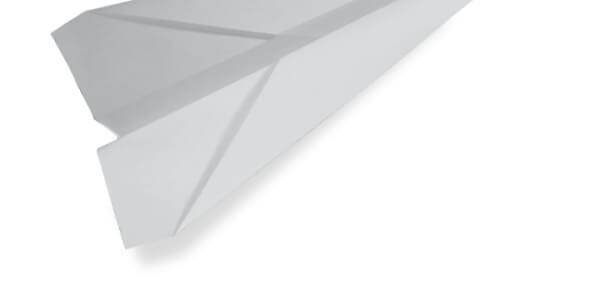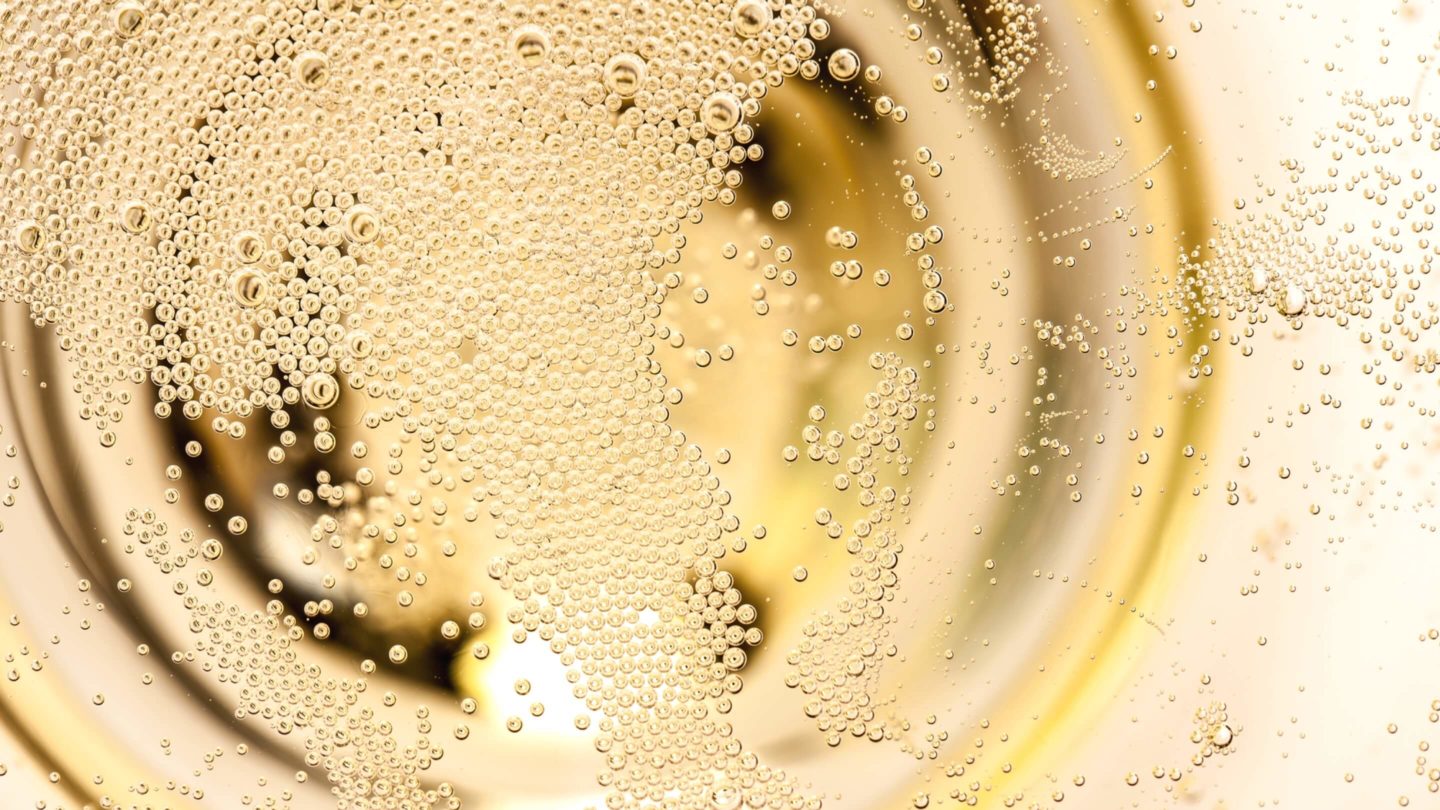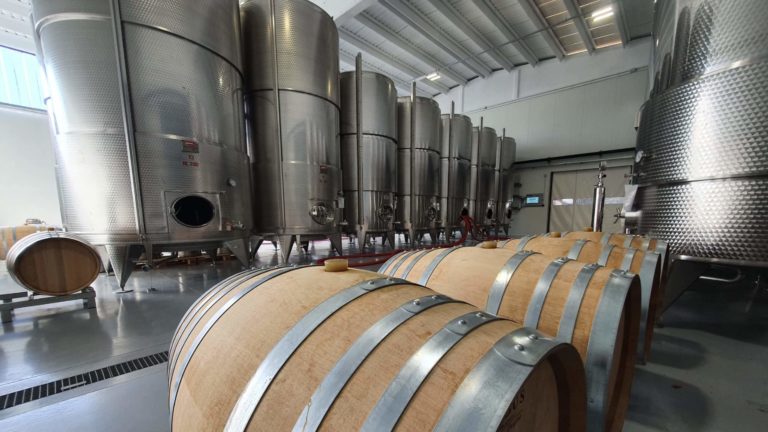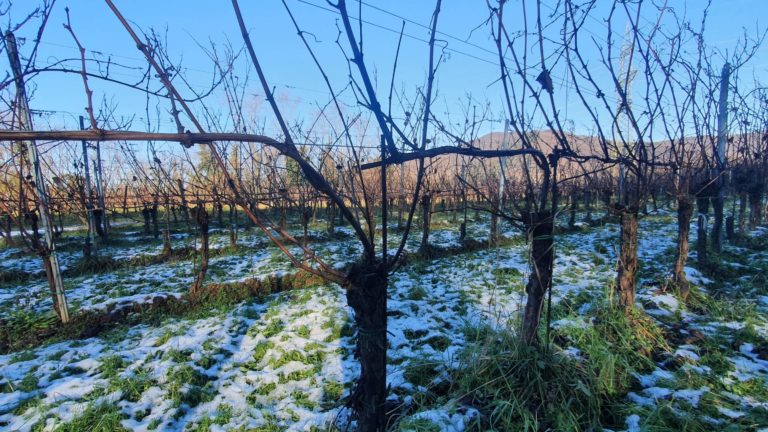Prosecco and Franciacorta sparkling wine: an overview
Before deep-diving into the personalities of these wines, let’s define what Prosecco and Franciacorta are. When we talk about Prosecco we are referring to a fruity italian sparkling wine which is fragrant and fresh. Instead, Franciacorta is an italian sparkling wine produced following a specific method known as the “metodo classico”. The result is a structured wine with important bread, pastry and dried fruit notes.
And now for some data: Prosecco has a large production area, covering 4 provinces in Friuli Venezia Giulia and a further 5 in Veneto, with about 35,000 hectares producing approximately 500 million bottles annually, of which 75% is sold abroad. Franciacorta production comes from only one province, called Franciacorta (situated between Bergamo and Brescia). It consists of 19 municipalities, with 3,000 hectares producing more than 17 million bottles annually, of which 10% is destined for the international market.
Prosecco and Franciacorta: the grapes
One of the principal differences between Prosecco and Franciacorta are the grapes. The base variety used for the production of Prosecco is Glera (85%). The remaining 15% comes from Pinot blanc, Chardonnay and Pinot noir grapes. The maximum grape yield per hectare ranges from 12,000 to 18,000 kg , with a minimum density of 2,500 plants per hectare.
The strict control of Franciacorta DOCG production requires the exclusive use of Chardonnay, Pinot blanc, Pinot noir grapes, with a very recent new inclusion: in the last few years it has been possible to use a typical brescian variety (Erbamat) up to a maximum of 10%. The maximum grape yield per hectare is 12,000 kg with a wine yield of 65 hectolitres per hectare, with a minimum density of 4,500 plants per hectare.
Prosecco and Franciacorta: the production differences
The principal production difference between Prosecco and Franciacorta is the process by which the still wine is transformed into sparkling wine.
Prosecco uses the Martinotti/Charmat method where the wine, together with yeasts and sugar, are put in containers that keep the pressure constant. Together with a controlled temperature, this allows the transformation into sparkling wine. Following this phase, the wine is allowed to mature on top of the yeast remanents for some months, until it is ready for the next filtration and pressurised bottling step.
The Franciacorta DOCG process is more complex. The base liquid obtained from the grape harvest is subjected to a long maturation process in steel containers and small oak barrels. Sugars and yeasts are added to the cuvée, which is formed by mixing the different matured base liquids. This is then bottled in the very bottles which arrive at the consumer’s table. After a few days of settling the second fermentation stage in the bottle starts, lasting between 40 and 60 days, at a low temperature. It is during this phase that the carbon dioxide is released which generates the very fine bubbles characteristic of Franciacorta.
The Franciacorta maturation period ranges from a minimum of 18 months to more than 60 months for the Franciacorta Riserva. During this phase the yeasts give off a large quantity of molecules that interact with the wine helping it in its evolutionary process which in turn influences the final bouquet of the wine.
The organoleptic differences between Prosecco and Franciacorta for the nose, mouth and eyes
From an organoleptic and taste point of view it is possible to note the many differences between Prosecco and Franciacorta. Prosecco is a fresh, fruity and aromatic sparkling wine, without a strong structure, with larger but less persistent bubbles. Prosecco is characterized by its typical clear colour lacking in intensity.
Franciacorta has more complex scents that range from fruity to floral, with important bread and pastry notes. Due to the maturation process on the yeasts it is possible to recognize mineral hints as well. On the palate it is full bodied with a good level of acidity. The colour ranges from straw yellow to ancient gold, with a more intense yellow. The bubbles are very fine with a longer beed.







